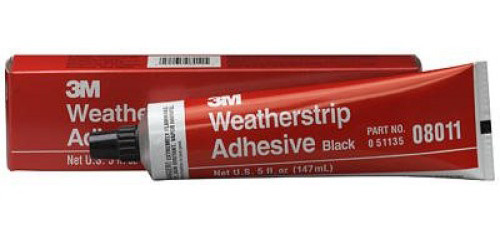This tip was submitted by Tom Hoffman, Glasair III.
Cabin ventilation in all Glasair models has always been excellent and entirely adequate through two eyeball vents. However, most of us have experienced some unwanted airflow into the cabin from two suspect locations, the “B” rib aileron tube openings and the rudder/elevator openings in the tail. Let’s look closely at the reasons for this airflow.
Neither of these fuselage openings is in a high pressure area where air could be forced into the cabin. Pressure inside the fuselage must be lower than outside to allow the inflow.
The two areas of lowest pressure externally on the airframe are the top of the wing and the top of the fuselage in the area of the canopies. Anyone who has experienced a canopy opening in flight can attest to the intensity of this latter low pressure area! Virtually all unwanted airflow into the cabin is due to outflow of air around the canopies into this intense low pressure area. If you have unwanted cabin airflow and think you perfectly fit and sealed those canopies, guess again.
On a III, the factory rubber seal, although a neat part, does not have adequate height to completely seal against the door. To develop a good seal, a piece of 5/16″-thick high-density foam weatherstrip works well, adhered to the door surface and aligned to contact the factory rubber seal. Ideally, a 3/4″-wide strip is needed and must be placed around the entire periphery of the door with 3M weatherstrip adhesive cement. With the canopy door closed this material compresses well and gives a really snug fit. With these seals in place, unwanted airflow from both suspect areas will stop without affecting ventilation through the vents.




